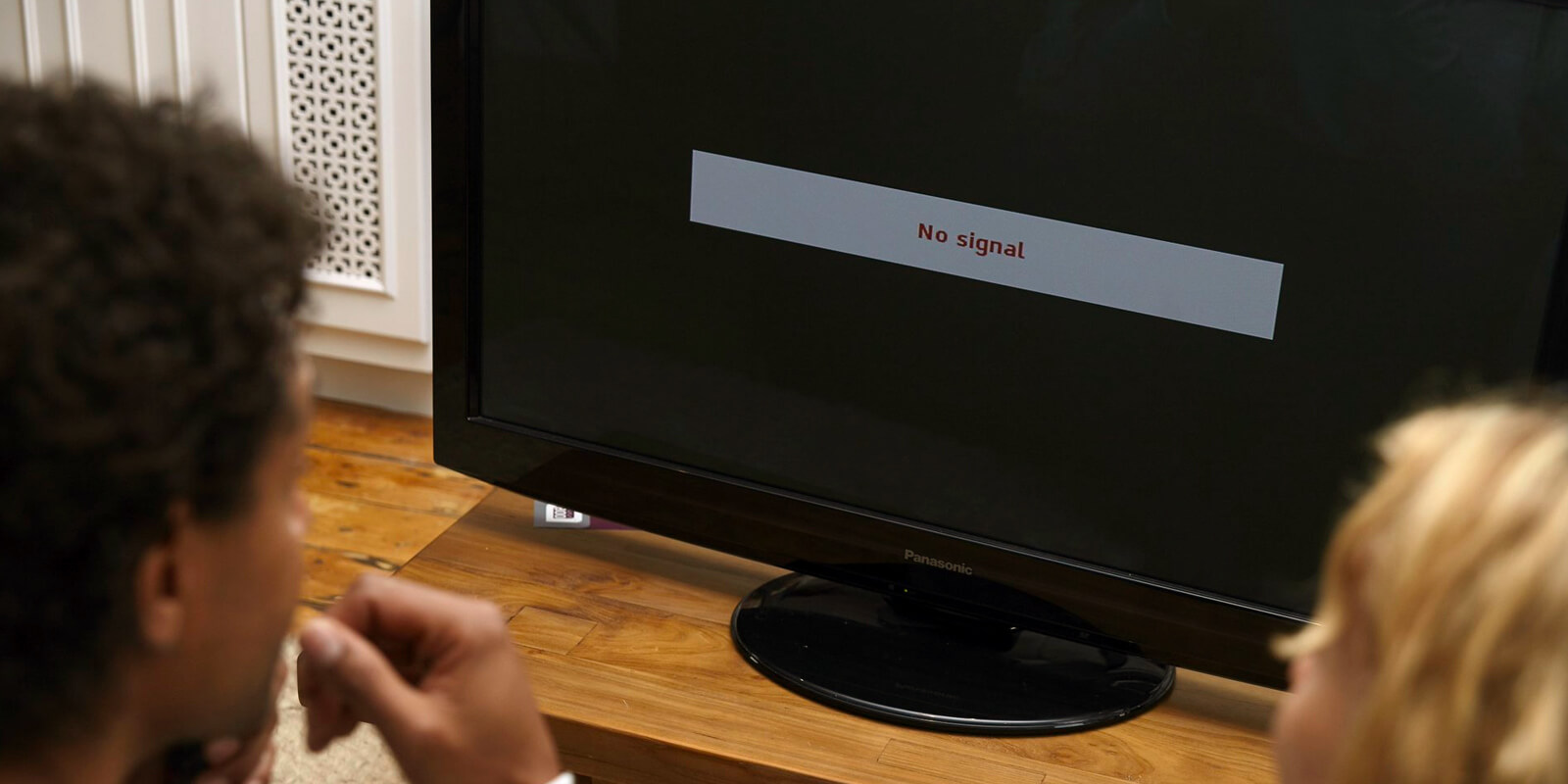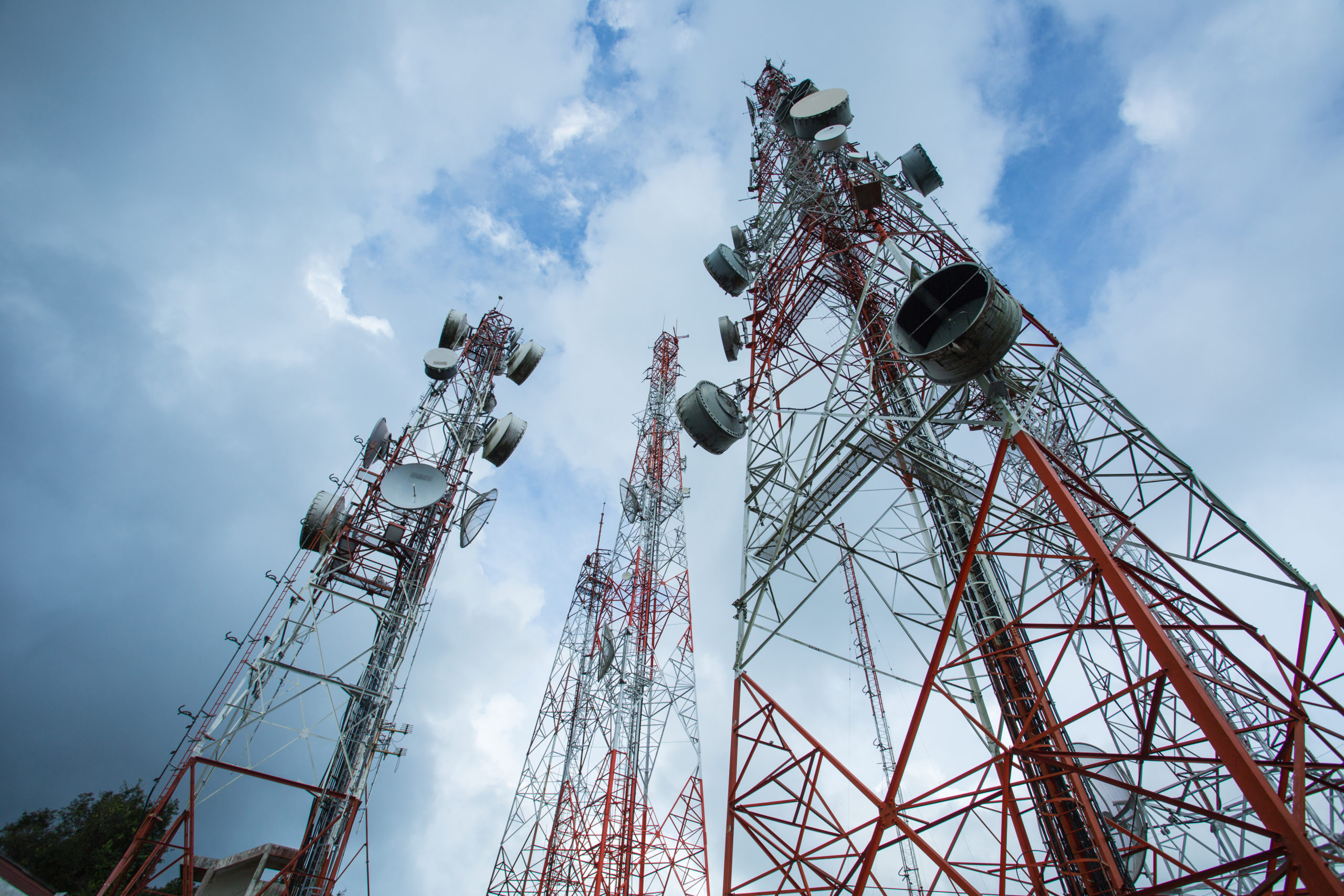The discovery solves the enigma and marks a crucial step for the preservation of radio astronomy in the face of electromagnetic pollution.
The news in the cosmos so far this year has a name and a surname: 2024 YR4, the asteroid whose chances of impacting the Earth are steadily increasing. But thousands of kilometres from our planet, fascinating events continue to unfold. Without going too far, X-ray telescopes have just revealed a superstructure more than a billion light years away. And there’s more, because for the last five years astronomers have been searching for an answer to a television signal coming from space. The enigma has just been solved.
The mystery of the signals. For five years, astronomers analyzing data from the Murchison Widefield Array radio telescope in Western Australia were faced with an unexpected enigma: a television signal coming from the sky. Since the telescope is located in an area of radio silence designated to avoid human interference in radio astronomy, the detection of this signal was particularly puzzling to the community.
Even stranger was the fact that the signal seemed to move across the sky, which led to all kinds of speculation about possible reflections of our own transmissions and, of course, theories about extraterrestrial activity.
The answer, as almost always, was somewhat simpler.

The discovery: airplanes. Apparently, the turning point came when Jonathan Pober, a physicist at Brown University and leader of the US research team, had an epiphany: “We said to ourselves, ‘I bet the signal is being reflected off an airplane’.” Although this hypothesis had been raised before, no one had confirmed it with certainty.
To prove it, the team used advanced signal processing techniques, such as near-field corrections and beam forming, with which they managed to better focus on the nearby sources of interference. What happened? The analysis revealed that the reflected signal corresponded to the frequency band of Channel 7, an Australian digital television station.
Perhaps more importantly, calculations of the altitude and speed of the reflecting object indicated that it was an airplane in full cruise phase, flying at an altitude of 11.7 kilometers at a speed of 792 km/h, data that coincides with the usual characteristics of a commercial flight.
A problem for astronomy. As they have indicated in their recently published study, this type of interference represents a serious problem for astronomers, as it contaminates the data and can force the elimination of large amounts of valuable information. According to Jade Chucharme of Brown University, “it’s like trying to hear one friend whispering across the table while a child screams in your ear.”
In this way, every time a television signal reflects off an airplane, it overlaps the cosmic waves that astronomers are trying to analyze, which can result in large sets of observations having to be discarded. Not only that, but as they point out, the team’s finding is key to developing methods of interference removal, which will make it possible to filter out these reflections without losing important astronomical information. However, the problem is not limited to airplanes: orbiting satellites pose an even greater threat.
Are we too noisy on Earth for astronomy? This is the big question that arises from the finding. The number of satellites in orbit continues to increase, exacerbating the problem of radio interference. Although scientists are improving data filtering techniques, some are beginning to question whether planet Earth itself is still a suitable place for radio astronomy. According to Pober, “if we can’t find a quiet sky on Earth, maybe Earth is no longer the right place”.

Be that as it may, some astronomers have begun to consider the possibility of moving radio astronomy into space, with projects that propose the installation of telescopes on the far side of the Moon, where terrestrial interference would be minimal. In this sense, the discovery made by Pober and his team not only solves a five-year-old mystery, but also marks a crucial step for the preservation of radio astronomy in an era where electromagnetic pollution is a growing problem. With the advancement of technology, the struggle between the exploration of the cosmos and the signals generated by human beings could define the future of astronomy.
Unfortunately for believers, no one was watching TV in space.









